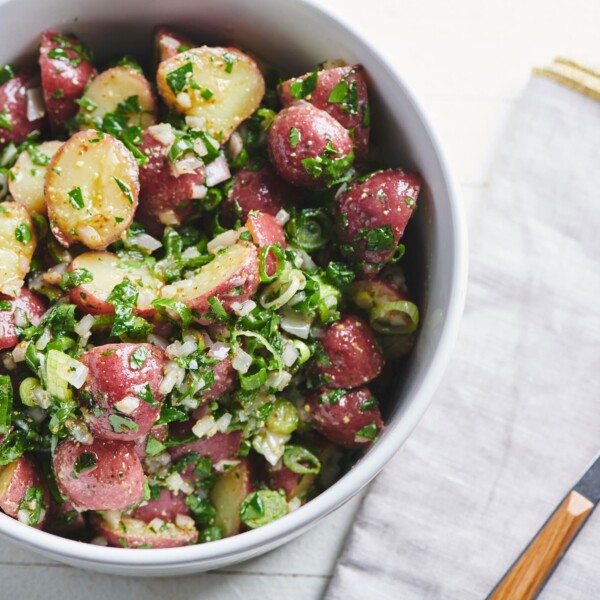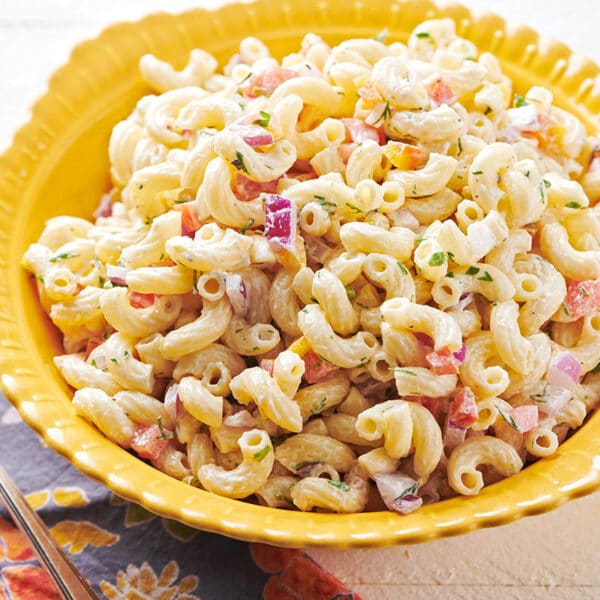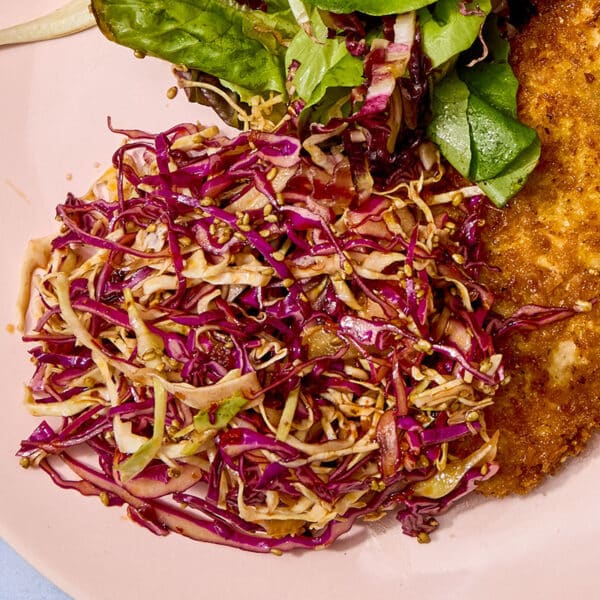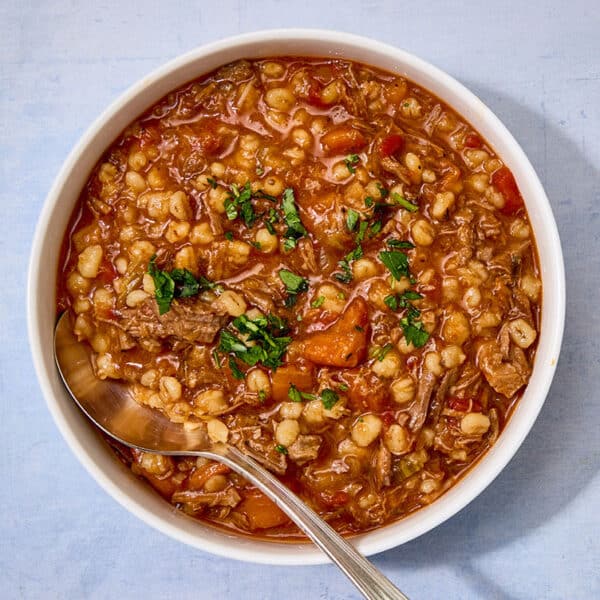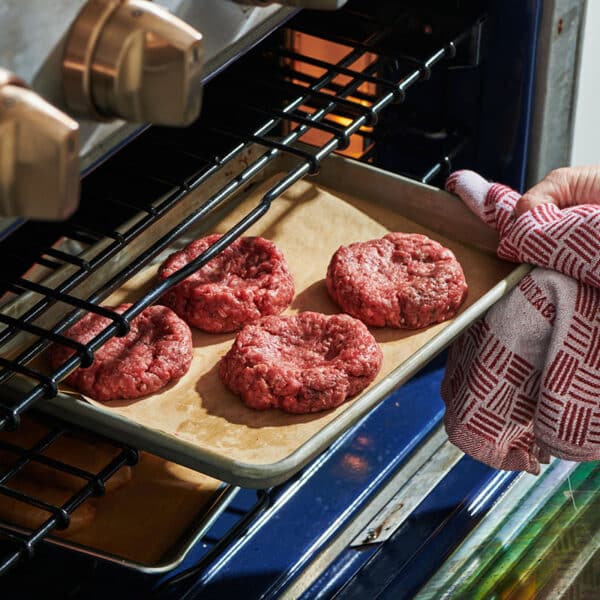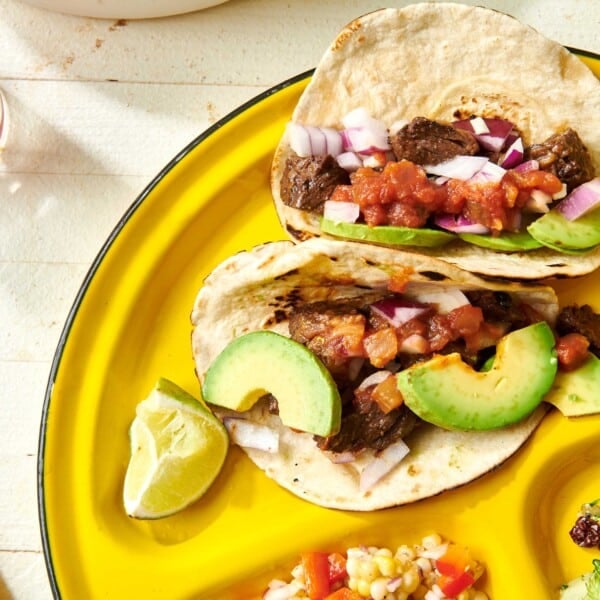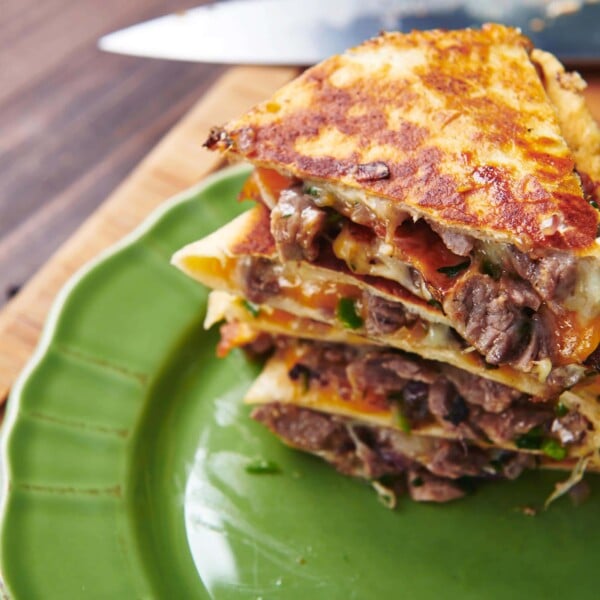How to Grill the Perfect Burger
on Apr 09, 2023, Updated May 13, 2025
This post may contain affiliate links. Please read our disclosure policy.
All of the tips and tricks for making the best burgers on the grill, with step-by-step photos.
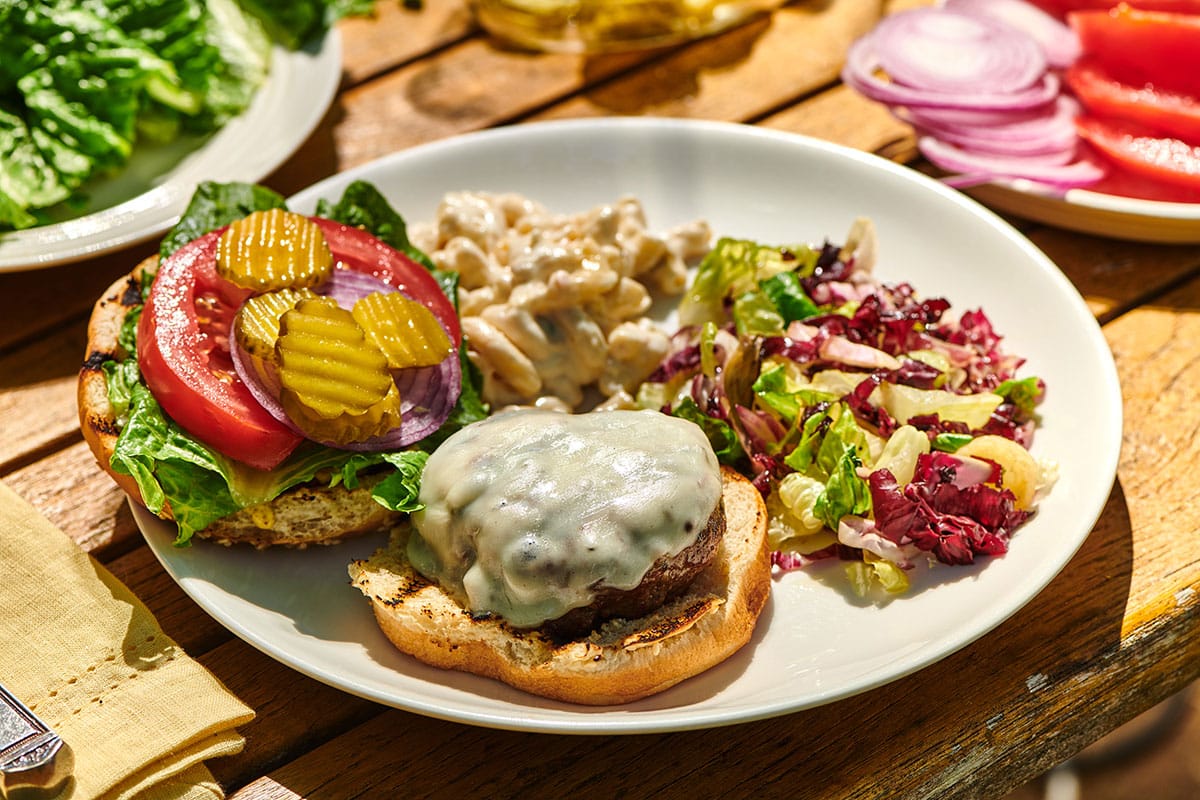
For grilled burgers fans, summer can’t come soon enough. Images of outdoor dinners featuring plump, sizzling, juicy, tender burgers right off the grill (gas, charcoal, wood pellet, your choice!) are a burger lover’s dream. But not just any burgers: perfect grilled hamburgers (or cheeseburgers).
Serve your hamburgers with your favorite toppings, sauces, and cheese (tips below!), and a classic BBQ side like Coleslaw, Macaroni Salad, or Cherry Tomato Salad.
By signing up, you agree to our Privacy Policy.
Plus, check out these tips for how to form perfect hamburger patties for grilling and how to grill the perfect turkey burger!
What's In This Post?
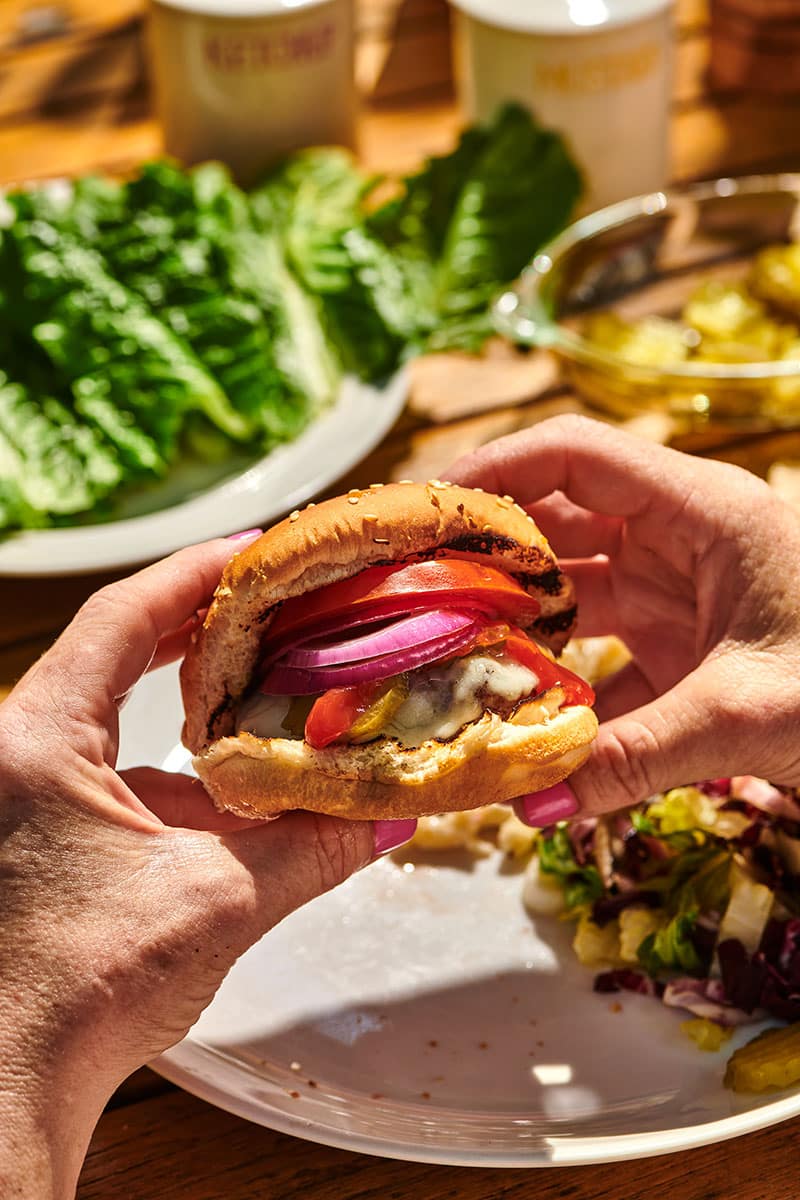
What Kind of Beef to Use for Burgers
Bobby Flay, who knows a thing or two about burgers, recommends ground chuck, preferably certified Angus beef. He recommends chuck because of its relatively high fat content. Look for chuck that is 80/20, meaning 80 percent lean and 20 percent fat. Fat is your friend when it comes to hamburgers (and, in other cases, too!). It carries flavor and provides moisture and juiciness. Save the lean ground beef for something else.
Buying Hamburger Meat
The best bet is to find a good butcher who grinds their meat on-site fresh daily. If you have a butcher nearby, getting great ground beef for burgers is a very affordable option. Online, you can also find quite a few really good meat purveyors who will ship fresh ground beef to your home, usually frozen.
The other option is to buy your beef at a good supermarket or grocery store where they grind their beef in-house. Shop at a store with a high turnover so you know your meat is fresh. There might be a butcher counter in the market; get to know the butcher! Or look for ground beef that is bright red, and make sure to pick the package with the farthest away expiration date. You can find grass-fed ground chuck in most good markets.
It’s best to stay away from pre-formed or packaged burger patties, as the meat is probably older, and they can be inconsistent in freshness, flavor, and texture. Yes, in a perfect world, you would grind the beef yourself, but that’s more than most of us are up for — and understandably so.
The best method to thaw frozen hamburger meat is overnight in the fridge, in a very well-sealed bag in a bowl of cold water. Or, use the defrosting option in the microwave. Never defrost or thaw ground beef on the counter or at room temperature. That is not safe and an invitation for bacteria to form.
How to Grill Burgers Step-by-Step
- Form the hamburger patties: Divide the meat into 4 equal portions. Form each piece into a patty, working as lightly as possible with the meat, not squishing it. Use your thumb to make a deep depression in the center of the patty, about 1 inch in diameter, and halfway through the thickness of the patty.
Kitchen Smarts
Using a gentle touch, mold the meat into patties no more than 3/4-inch thick. Try not to overwork, compress, or squish the meat, which can make your burgers dry or tough. Make your patties as perfectly round or irregular as you like (all the how-to here), but try to get a consistent thickness to the patty, and make the little indent in the middle, which will swell up to result in a flat burger after cooking.
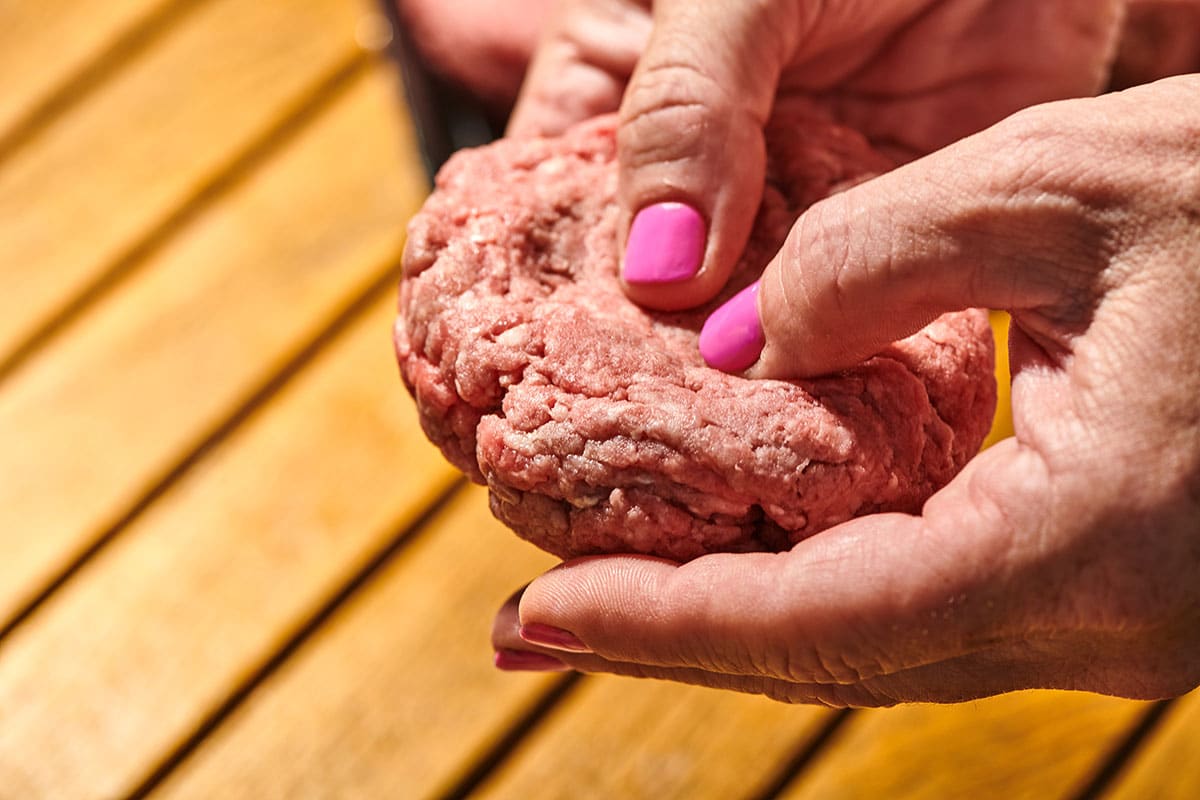
- Add seasoning: Season both sides of the burgers with salt and pepper.
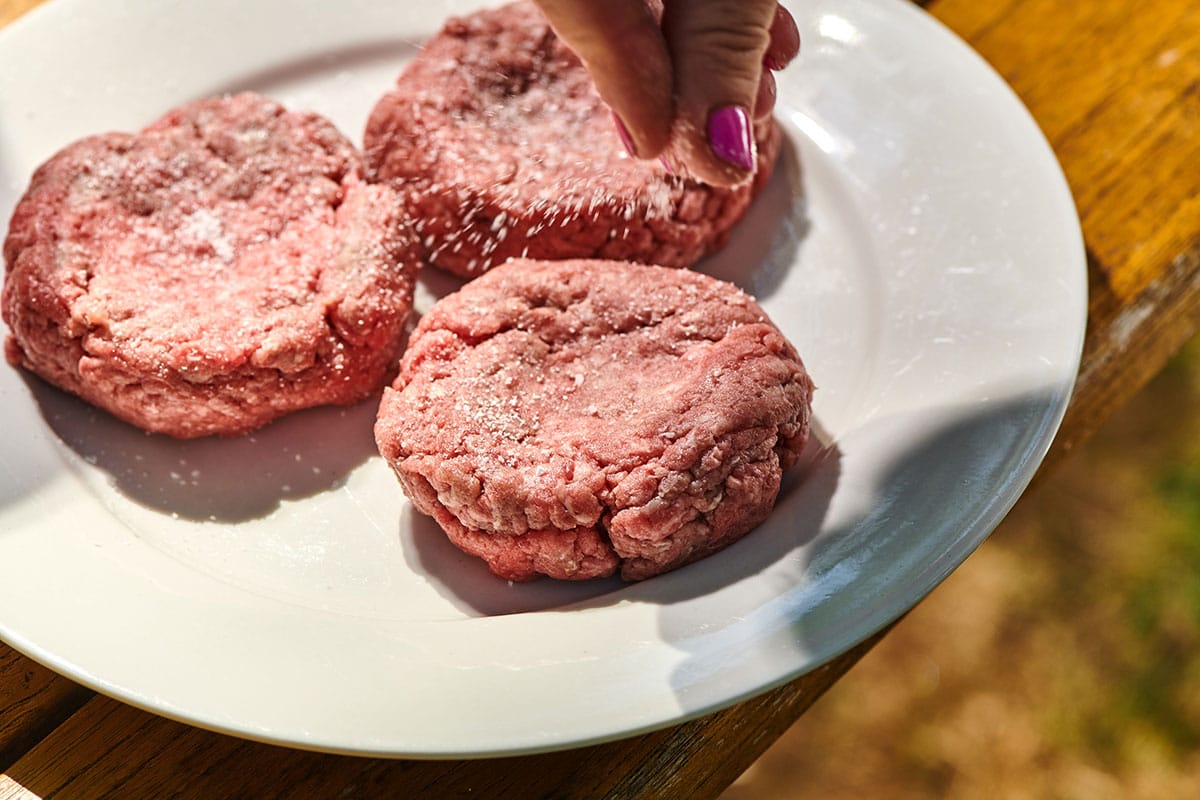
- Prepare the grill: Heat a gas grill to high, or heat the coals in a charcoal grill until they are glowing bright orange with ash all over the outside of the coals. Lightly brush both sides of each patty with the oil.
- Cook the hamburgers: Grill the burgers for 3 or 4 minutes on each side (see chart below for approximate cooking times and levels of doneness).
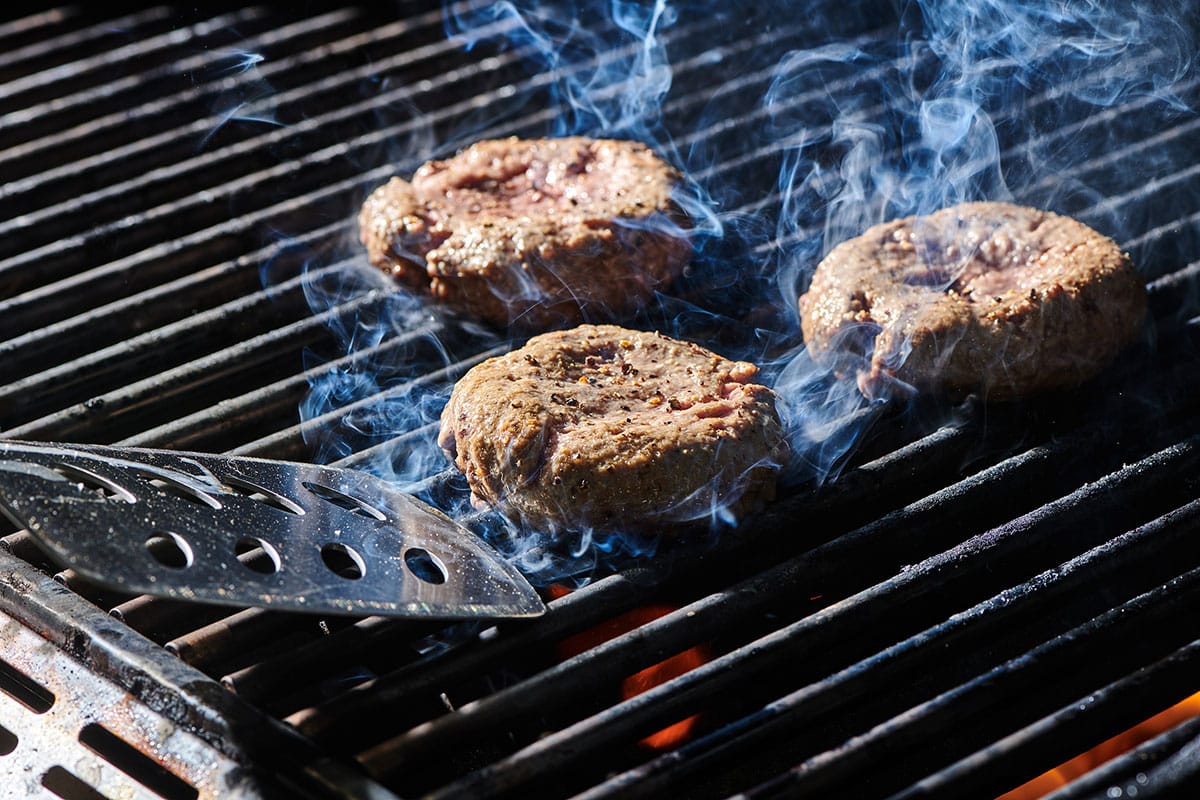
- Melt the cheese: Add the cheese, if using, during the last minute of cooking. Close the top of the grill while the cheese melts.
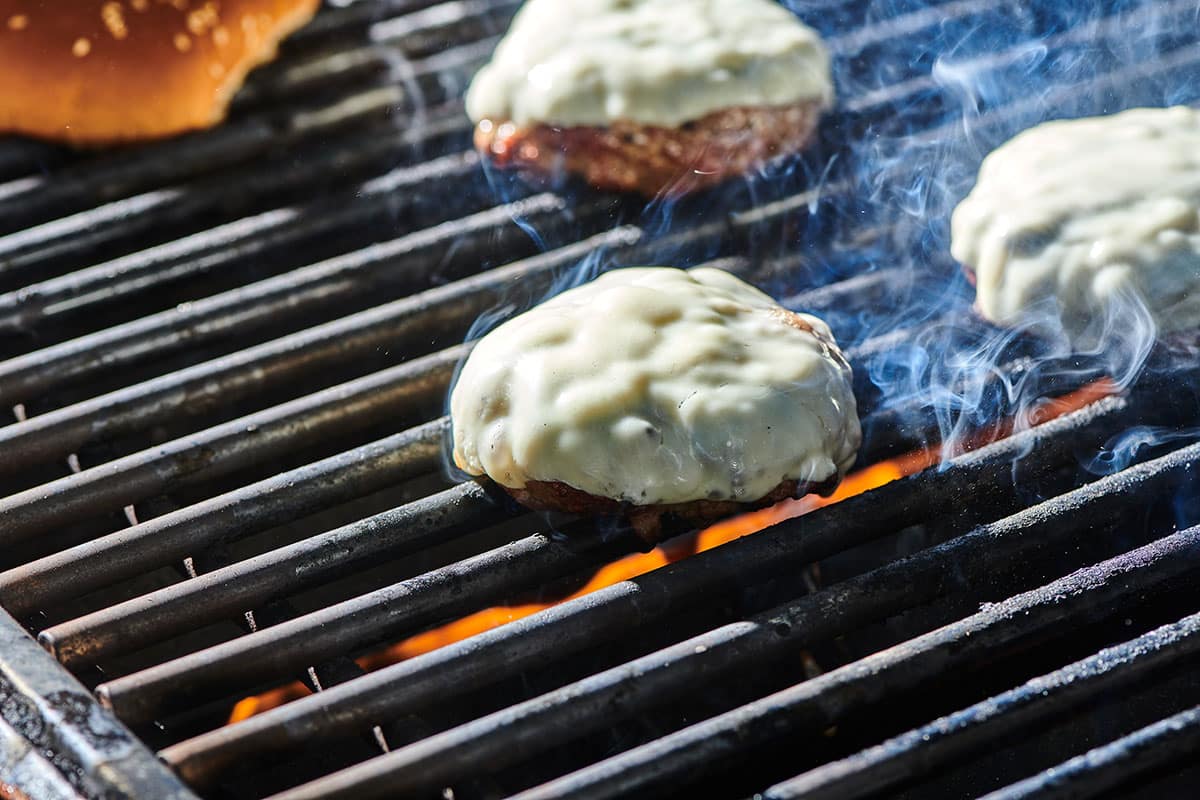
- Build the hamburgers: Place the split buns, cut sides down, on the hot grill for just about 10 to 15 seconds, then remove them. Place the burgers on the bottom halves of the buns, top as desired, and place the tops of the buns on the burgers.
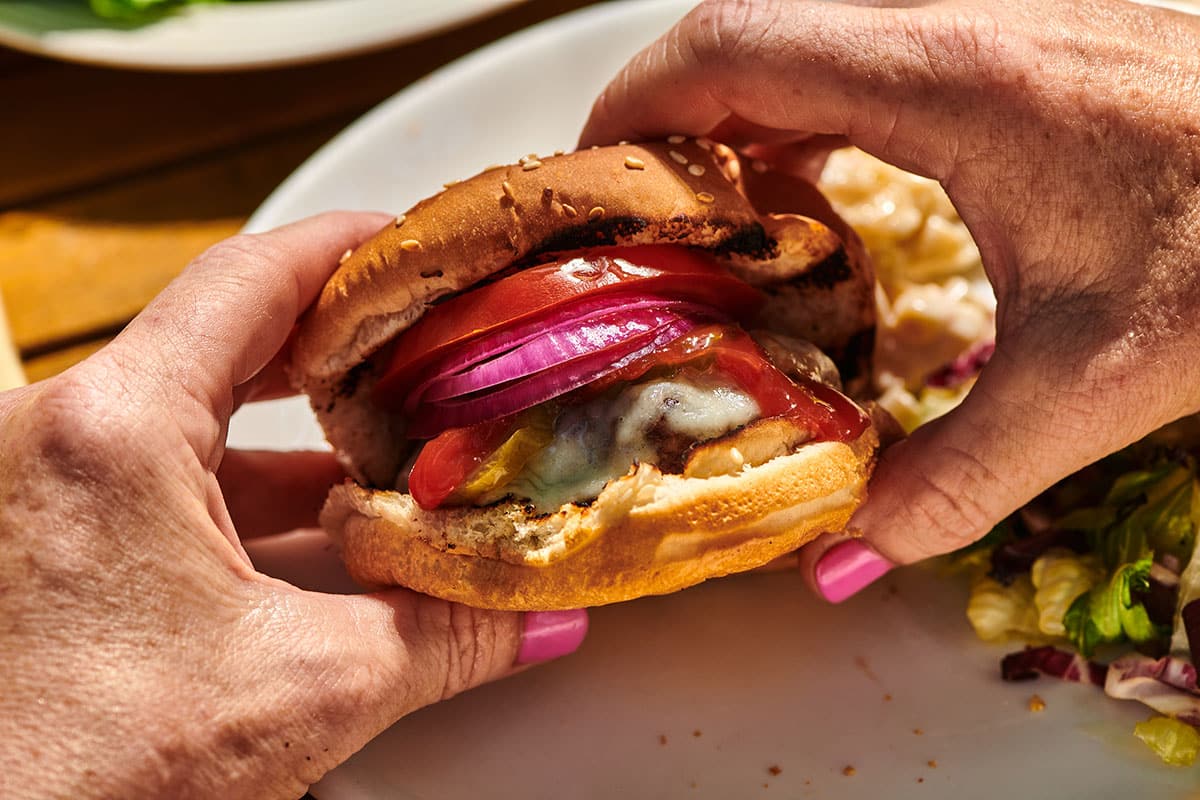
Burger Grilling Tips
- Keep the meat in the fridge until you are ready to shape the patties, and keep the patties in the fridge until you are ready to grill them. This prevents bacteria from forming.
- Make sure your grill grates are clean.
- Do not press down on the burgers as they cook! You will simply be pressing all those flavorful juices out of the burger into the fire. You want those juices where they belong, right there in the meat. (Pressing down on the burger can also cause flare-ups, which are annoying and possibly dangerous.)
- Don’t flip the burgers constantly. Leaving them sit for a few minutes over the heat will give them those nice grill marks and prevent them from falling apart when you turn them.
- Use a nice, wide spatula to flip the burgers.
- Never put cooked burgers on the plate you used to bring the uncooked patties to the grill. This can cause contamination, so use a fresh plate, platter, or board for your cooked patties.
- Set your gas grill to high for grilling beef burgers. For a charcoal grill, make sure your coals are bright orange and ashy. You want high heat here.
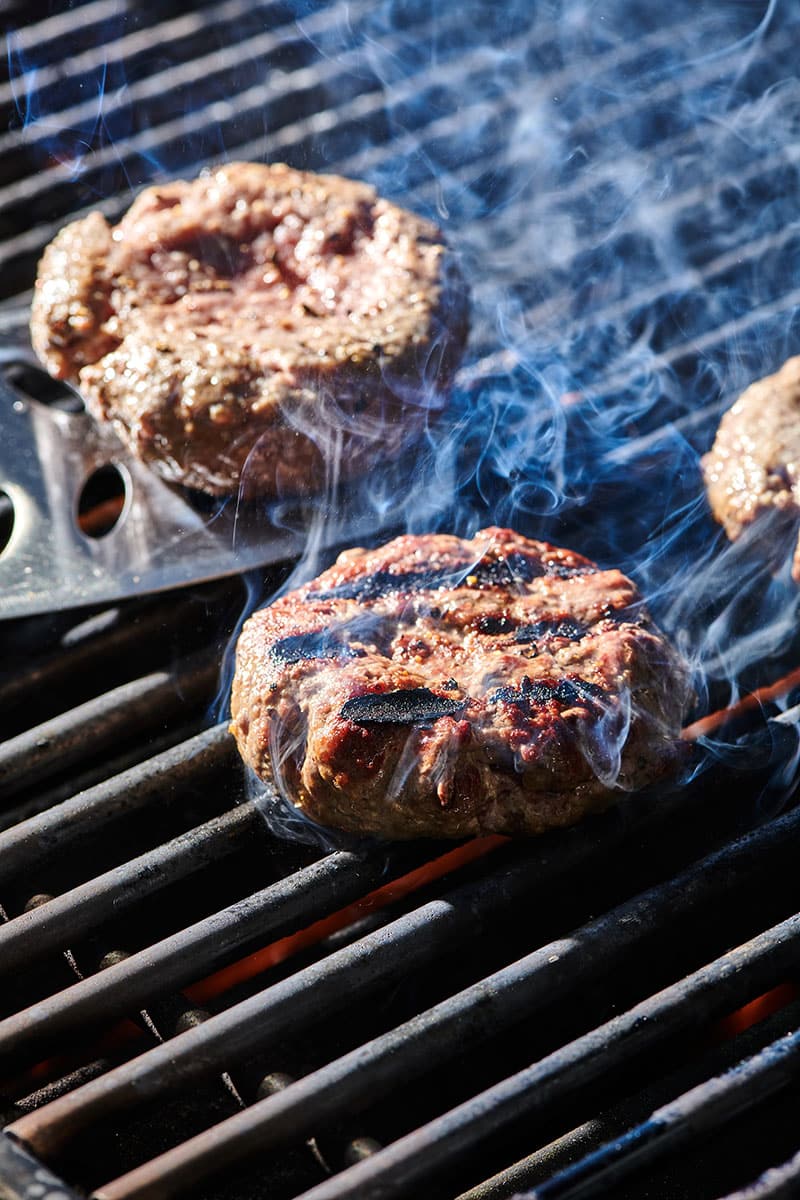
How Long to Grill Burgers
These cooking times are a guide, and the cooking time will, of course, depend on the heat of the grill, the thickness of your patty, and so on. But this will give you a sense of timing for grilling your hamburgers.
The USDA recommends cooking ground beef until it reaches an internal temperature of 160 degrees Fahrenheit for safety reasons. Use a meat thermometer if you want to check the temperature. You should stick to this guideline if there are any immediate health concerns or if you are serving the burgers to someone who is immunocompromised, very young, elderly, or pregnant.
Adjust the time if your burgers are thinner or thicker than 3/4 inches.
Cooking Times for 3/4-inch Burgers
| Doneness | Cooking Time per Side | Total Cooking Time | Internal Temp |
| Rare | about 3 minutes | about 6 minutes | 140 F |
| Medium-Rare | about 3 1/2 minutes | about 7 minutes | 145 F |
| Medium | about 4 minutes | about 8 minutes | 150 F |
| Medium-Well | about 4 1/2 minutes | about 9 minutes | 155 F |
| Well Done | about 5 minutes | about 10 minutes | 160 F |
Kitchen Smarts
You can use the internal temperatures in the chart if you want to bake hamburgers in the oven, too. It’s a great alternative when you can’t get outside to fire up the grill!
The Best Buns and Toppings for Burgers
Most of us agree: soft buns are best. Sesame or plain is up to you, but look for a bun with some presence, like a potato bun. Brioche buns are a nice, slightly elevated option as well. Lightly toast the buns over medium heat until the cut sides turn golden for the best flavor.
Some condiments and toppings are very traditional: ketchup, mustard, mayo, lettuce, tomatoes, and sliced onions. There is absolutely nothing wrong with any of these choices, alone or in combination! But if you want to jazz up your burger in a more unusual way, try topping it with:
- Chimichurri Sauce
- Chipotle Mayo
- Sriracha Mayonnaise
- Barbecue Sauce
- Herbed Mayonnaise
- Blue Cheese Dressing
- Pickled Onions
- Pickled Brussels Sprouts
- Green Olive Tapenade
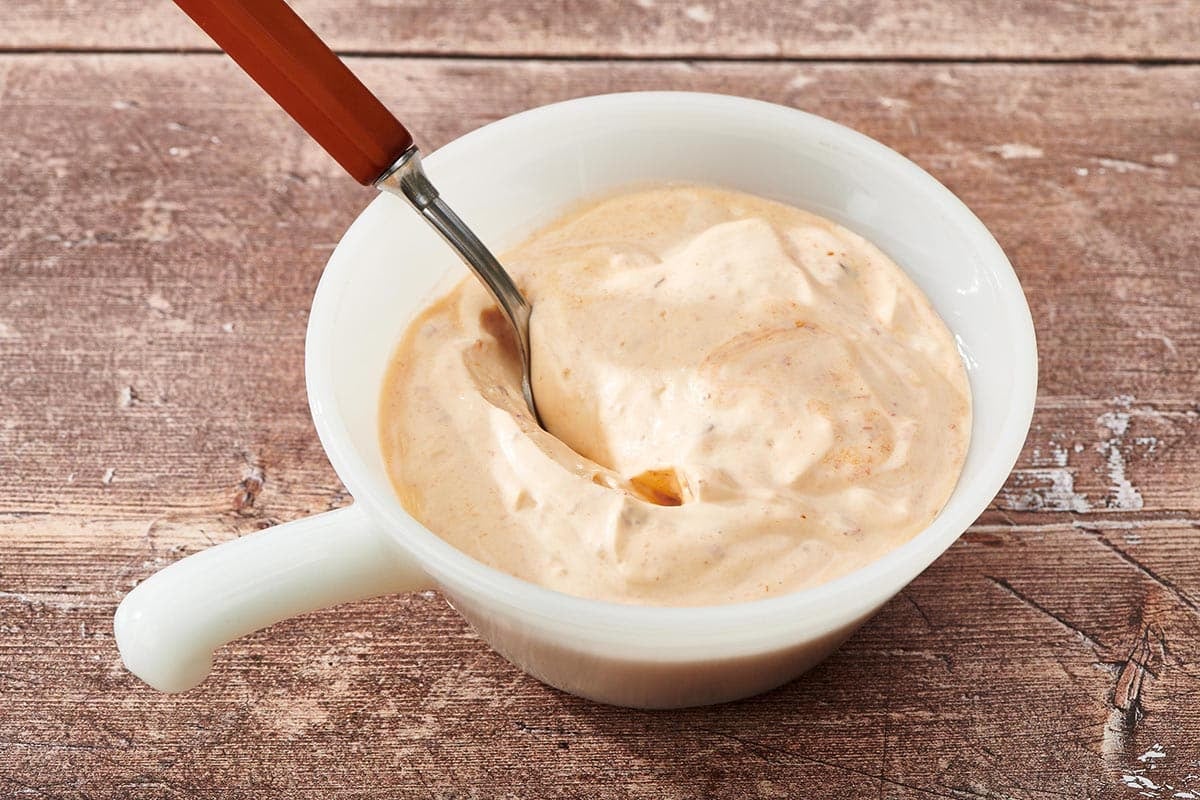
The Best Cheese for Cheeseburgers
Truly, any melting cheese is great on a hamburger. Here are some great options for turning your burger into a cheeseburger. You can use a slice of cheese or shredded cheese (though with shredded cheese, you do tend to lose a bit through the grate as you top the patties).
- Cheddar: Cheddar is actually the most popular cheese around the globe. In the U.S., high-quality cheddars are made in large quantities in Vermont, Wisconsin, and New York. This cheese is made from cow’s milk, and it ranges in flavor from quite mild to extra, extra sharp. The younger and milder the cheddar, the smoother and meltier it is. Save the aged cheddar for your cheese boards!
- American: Some cheese purists look down their noses at using American cheese in cooking, but for creamy meltability, it can’t be beaten. American cheese is a processed cheese that might be an orangey yellow or creamy white in color, but the flavor is the same. You can get it sliced at the deli and avoid having to unwrap those pesky, crinkly plastic wrappers on each slice; plus, the cheese is “fresher,” and you can get it cut to your desired thickness.
- Monterey Jack: This American semi-hard cheese is originally from Northern California, where it gets its name. It’s made from cow’s milk, has a mild flavor, and is great for melting. Pepper Jack cheese is Monterey Jack with chopped hot pepper added; it melts well and brings some lovely heat to your burger if that appeals to you.
- Mozzarella: You can choose between packaged low-moisture mozzarella or fresh mozzarella. Packaged mozzarella will melt better, but fresh mozzarella has that inimitable fresh taste. Both are fine options!
- Provolone: This semi-hard cow’s milk cheese is slightly sharp, having been aged for at least 4 months. Some provolone has a smoky flavor, too.
- Swiss Cheese: This cow’s milk cheese, with its distinctive holes, is creamy and nutty. The more aged the Swiss, the nuttier and sharper it will get. Gruyère is a similar Swiss cheese, though aged for a longer time.
- Blue Cheese: There are a lot of varieties of blue cheese, and some people love a blue cheese burger above all others! Blue cheese can be made from different animal milks (cow, sheep, goat) and can range significantly in intensity. Pick a blue cheese that you like, and take it from there!
- Feta: Feta doesn’t really melt as much as it softens, and it gives a nice Greek flair to a burger (I love it with turkey burgers). Feta can come from France, Bulgaria, Greece, and the U.S. Its salty, briny flavor can range from delicate to intense, so see what your cheese tastes like and pile it on accordingly.
- Queso Fresco: This Mexican cheese translates to “fresh cheese.” It is crumbly, and the flavor is tangy, a bit salty, and somewhat reminiscent of a mild version of feta. It won’t melt, but it will get soft.
Grilled Burger Sides
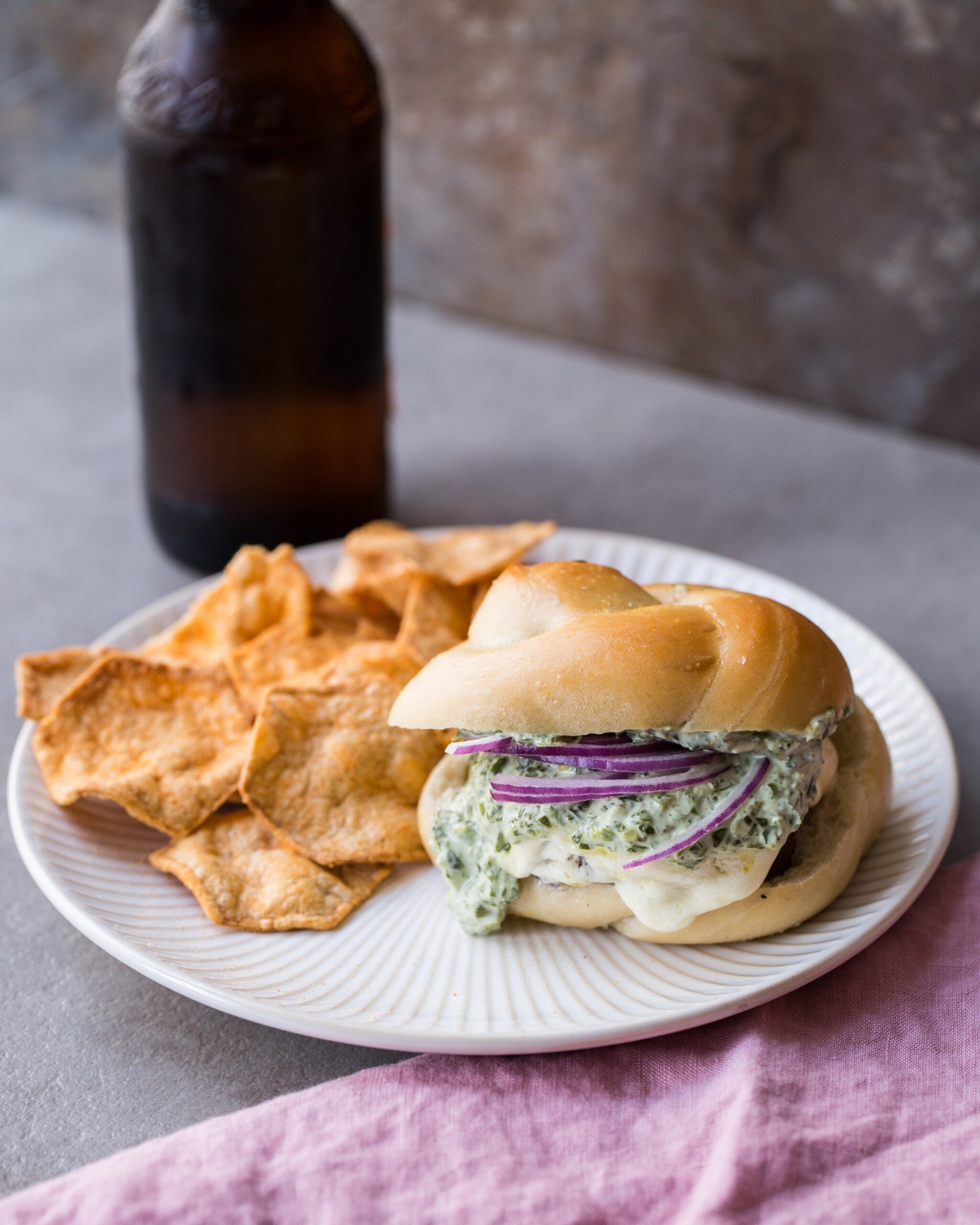
More Great Burger Recipes to Try
- Asian Beef Mushroom Burgers
- Chipotle Barbecue Turkey Burgers
- Buffalo Turkey Burger Sliders
- Spanish Lamb Burgers
- Southwestern Vegan Black Bean Burgers
Pin this now to find it later
Pin It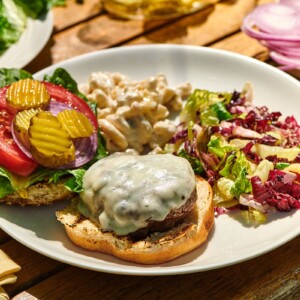
Perfect Grilled Hamburgers
Equipment
Ingredients
- 1 ½ pounds ground chuck/hamburger meat (80/20 percent)
- Vegetable oil (for brushing)
- Kosher salt and freshly ground black pepper (to taste)
- 4 slices cheese (such as cheddar, Monterey Jack, Pepper Jack, Swiss, or American, optional)
- 4 hamburger buns (split and toasted)
- Burger Toppings (ketchup, relish, mustard, pickles, mayo, and see below for more ideas!!)
Instructions
- Divide the meat into 4 equal portions. Form each portion into a patty, working as lightly as possible with the meat, not squishing it. Use your thumb to make a deep depression in the center of the patty, about 1 inch in diameter, and halfway through the thickness of the patty. Season both sides of the burgers with salt and pepper.
- Heat a gas grill to high, or heat the coals in a charcoal grill until they are glowing a bright orange with ash all over the outside of the coals. Lightly brush both sides of each patty with the oil. Grill the burgers for 3 or 4 minutes on each side (see chart below for approximate cooking times and levels of doneness). Add the cheese, if using, during the last minute of cooking. Close the top of the grill while the cheese melts.
- Place the split buns, cut sides down on the hot grill for just about 10 to 15 seconds, then remove them. Place the burgers on the bottom halves of the buns, top as desired, and place the top of the buns on the burgers.
Notes
| Doneness | Cooking Time per Side | Total Cooking Time | Internal Temp |
| Rare | about 3 minutes | about 6 minutes | 140 F |
| Medium-Rare | about 3 1/2 minutes | about 7 minutes | 145 F |
| Medium | about 4 minutes | about 8 minutes | 150 F |
| Medium-Well | about 4 1/2 minutes | about 9 minutes | 155 F |
| Well-Done | about 5 minutes | about 10 minutes | 160 F |
